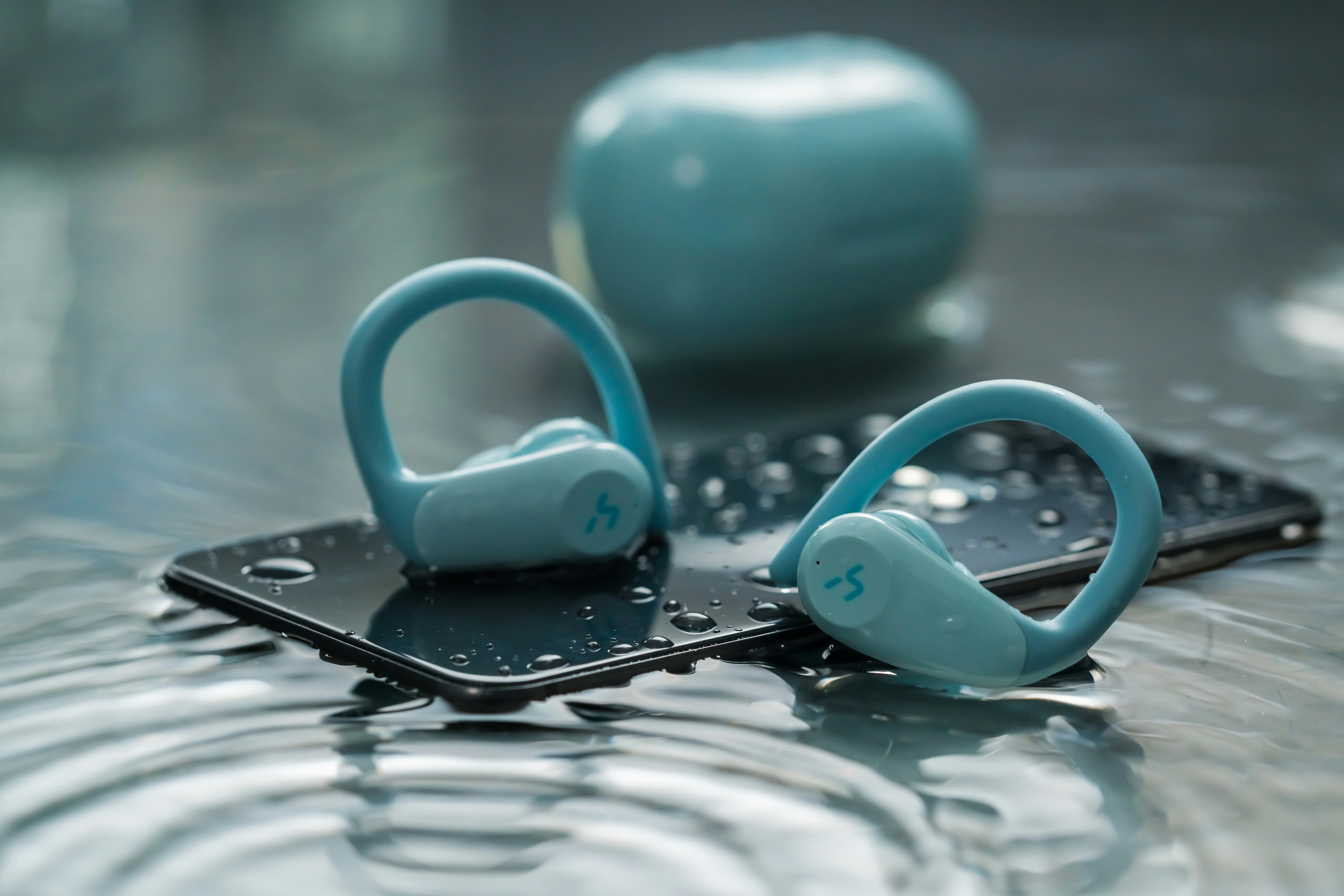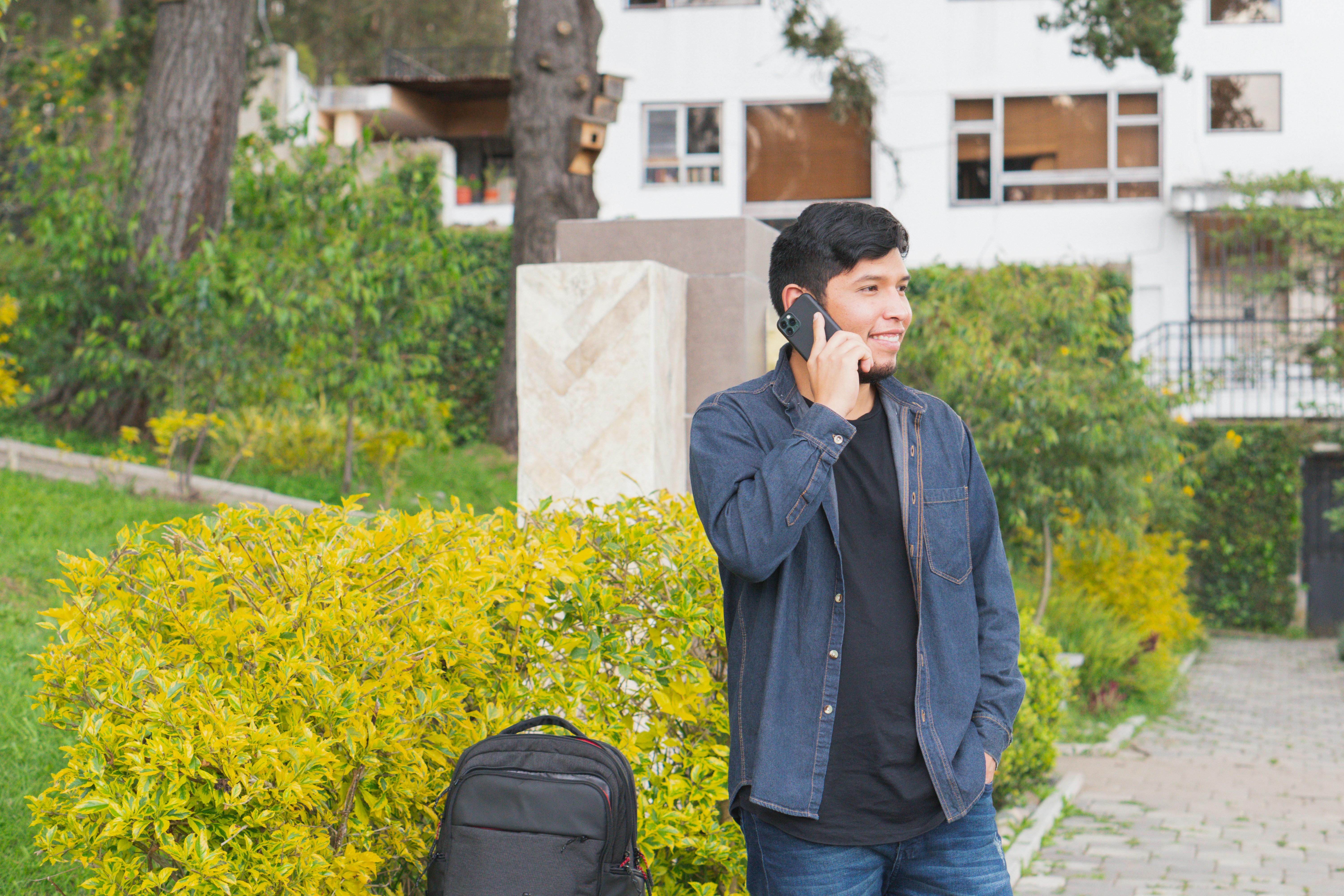Lede: Water does wonders for your body—but it can be brutal on your ears and hearing tech. From sweaty workouts and steamy showers to ocean swims and sauna sessions, here’s how to keep your ears healthy and your devices happy without missing out on the good stuff.
Why Moisture Matters (For Ears and Tech)
Moisture is sneaky. In ears, trapped water can irritate the delicate ear canal and create a cozy spot for bacteria and fungi—hello, swimmer’s ear (otitis externa). In hearing aids, sweat and humidity can corrode microphones and receivers, clog ports with debris, and shorten the life of rechargeable batteries or battery contacts.
Quick science—and what it means for you
- Your ear canal is skin-lined and narrow. Persistent moisture softens skin, making it vulnerable to irritation and infection.
- Most hearing aids are water-resistant, not waterproof. IP ratings (like IP68) mean they can handle brief splashes or sweat—not swimming, showers, or sauna-level humidity.
- Humidity + heat accelerates corrosion. Tiny amounts of moisture can detune microphones and gum up charging points.
Good news: with a few simple habits, you can enjoy your lifestyle and avoid moisture mishaps.
Your Daily Moisture Map: Shower, Workout, Weather
Showers and hair care
- Take hearing aids off before showering and set them in a safe, dry spot (not the steamy bathroom).
- Towel-dry your outer ear and tilt your head to let water escape. Avoid inserting cotton swabs—pushing anything into the ear canal can injure skin and trap wax.
- Let your ears air-dry a few minutes before putting devices back on.
Workouts and sweat
- Wipe devices after workouts with a clean, dry microfiber cloth. Pay attention to microphone ports and charging contacts.
- Consider a sweatband or moisture-wicking headband that sits just above the ears to redirect sweat.
- Use a nightly drying routine (see toolkit below)—especially if you’re active or live in a humid climate.
Rain and humidity
- Light drizzle? Most aids can handle brief exposure, but pop on a hood or hat.
- Downpour or tropical humidity? Remove devices if you can, or use a water-resistant cover. Dry thoroughly afterward.
Swimming, Hot Tubs, and Beach Days
Chlorine and saltwater are tough on skin and tech. Plan ahead and your ears will thank you.
Can I swim with hearing aids?
- In almost all cases, no. IP68 devices are water-resistant, not swimming-proof. Unless your device has a specific waterproof accessory approved by the manufacturer, take them off.
- Store them in a protective case inside a dry bag or locker, out of the sun.
Protect your ears in the water
- Use swim earplugs to keep water out—custom swim molds offer the most comfortable, secure fit.
- Wear a swim cap over plugs for extra seal and to prevent loss.
- After swimming, tilt each ear toward the ground and gently tug the earlobe in different directions to help water drain.
- Consider over-the-counter drying drops labeled for swimmer’s ear prevention. Do not use if you have ear tubes, a known eardrum perforation, ear pain, or drainage—ask an audiologist or ENT first.
Hot tubs combine warm water and humidity—double whammy for ear canals and hearing aids. Keep devices off and dry. Rinse your outer ear with fresh water after soaking, then dry as noted above.
Saunas, Steam Rooms, and Hot Yoga
Heat and humidity are hard on electronics and can irritate ear canals.
- Take hearing aids, cochlear implant sound processors, and earbuds off before entering saunas or steam rooms. Store in a case outside the room.
- For dry saunas at lower temperatures, some people keep devices on briefly to communicate—but this carries risk. When in doubt, remove them.
- In hot yoga, sweat-proof accessories (headbands, mic port covers) help, but a post-class drying routine is crucial.
Build Your Moisture-Defense Toolkit
Small investments, big payoffs.
- Nightly dehumidifier: A passive desiccant jar or an electronic drying box pulls moisture out of hearing aids while you sleep.
- Microfiber cloth and soft brush: Wipe sweat and debris; brush mic and receiver ports gently.
- Protective case: Keep a hard case in your gym bag and a dry pouch for beach or boat days.
- Swim earplugs: Custom or high-quality universal plugs; consider a neck cord for open water.
- Hat/hood/headband: Simple barriers prevent direct rain and sweat exposure.
- OTC drying drops: Use after swims if your eardrum is intact and you’re prone to trapped water (ask a clinician if unsure).
Don’t Do This
- Don’t blow hot air directly into your ear canal with a hair dryer. If you use a dryer, keep it on the coolest, lowest setting and at least a foot away, or skip it and air-dry.
- Don’t store devices in a steamy bathroom or a hot car.
- Don’t use cotton swabs inside the ear canal—this can push wax deeper, irritate skin, and raise infection risk.
- Don’t submerge your hearing aids unless they’re specifically rated and approved for swimming with the proper accessory.
Care Steps After a Sweaty Day (60-Second Routine)
- Power off and wipe devices with a microfiber cloth.
- Brush microphone and receiver ports lightly.
- Open battery doors (if applicable) and place aids in a drying box or desiccant jar overnight.
- In the morning, check for debris, reassemble, and go.
Ear-Friendly Recovery After Water Exposure
Your canal skin needs time to bounce back after soaking. Help it along:
- Rinse the outer ear with fresh water after ocean or pool exposure; pat dry.
- Tilt and drain each ear; avoid poking and scraping inside.
- If your ears feel clogged or itchy after swims, pause earbud use for the day to let skin recover.
- If you’re prone to swimmer’s ear, ask your clinician about preventive drying drops and whether they’re safe for you.
Signs Moisture Is Messing With Your Tech
- Sound fades in and out, especially after workouts or in humid weather.
- Crackling, static, or a “damped” quality that improves after overnight drying.
- Short battery life, corrosion on battery contacts, or charging hiccups.
- Visible moisture inside tubing or earmolds.
If you notice these, step up nightly drying. Still struggling? Your audiologist can check microphone function, replace filters and receivers, and suggest moisture guards or covers.
When To Call a Pro (For Your Ears)
- Persistent ear itching, pain, or a feeling of fullness that lasts more than a day after water exposure.
- Drainage, foul odor, or decreased hearing in one ear.
- History of eardrum perforation or tubes—ask before using any ear drops.
An audiologist or ENT can examine your ears, remove trapped debris safely, and personalize a prevention plan. If you use hearing aids, bring them to the visit so both your ears and your tech get attention.
What About Earbuds and Headphones?
Moisture can degrade ear tips, muffle sound, and harbor bacteria.
- Wipe tips and grilles after workouts; replace tips regularly.
- Let ears breathe—alternate with over-ear headphones if you’re prone to irritation.
- Avoid sharing earbuds, especially after exercise.
Travel and Humid Climates
- Pack a compact desiccant jar or USB drying box.
- Store devices in a case with a few silica packets; swap them when they turn color if they’re the type with indicators.
- Schedule a device check before long trips if you’ve noticed moisture-related glitches.
Bottom Line
Moisture is manageable. Keep water out during swims and sauna sessions, dry ears gently after exposure, and give your devices a nightly spa in a drying box. You’ll extend the life of your hearing tech, reduce the risk of painful ear infections, and stay ready for the fun parts of life—pool days, beach walks, hot yoga, and all.
If you’re experiencing recurring ear irritation or device issues, loop in an audiologist. A few personalized tweaks (different domes or earmolds, moisture covers, custom swim plugs) can make all the difference.
Further Reading
- Rooms That Listen: Design Your Home for Easier Conversation and Calmer Ears (Lifestyle) - Jet-Set Ears: Travel Smarter with Hearing Aids, Tinnitus, and All the Noise Between (Lifestyle) - Your Daily Sound Diet: Noise Hygiene Habits That Protect Your Hearing (Without Becoming a Hermit) (Lifestyle) - Make Your Voice Sound Natural in Hearing Aids: Beat the Occlusion Effect (Hearing Aids)Frequently Asked Questions
Can I wear my hearing aids in the rain or shower?
Light rain is usually okay for brief periods, but it’s smart to use a hood or hat and dry your devices afterward. Showers are a no—remove aids before bathing and keep them outside the bathroom to avoid steam exposure.
Are truly waterproof hearing aids a thing?
Most modern aids are water-resistant (often IP68) but not designed for submersion. Some systems offer special waterproof cases or accessories for swimming. Check your model’s manual and ask your audiologist before getting them wet.
What ear drops are safe after swimming?
Over-the-counter drying drops formulated for swimmer’s ear can help evaporate trapped water. Do not use them if you have ear tubes, a known eardrum perforation, ear pain, or drainage. When in doubt, ask an audiologist or ENT first.
Is it safe to use a hair dryer to dry my ears?
If you use one, keep it on the coolest, lowest setting and at least a foot away. Never blow hot air directly into your ear canal. Often, tilting your head to drain water and air-drying is enough.



